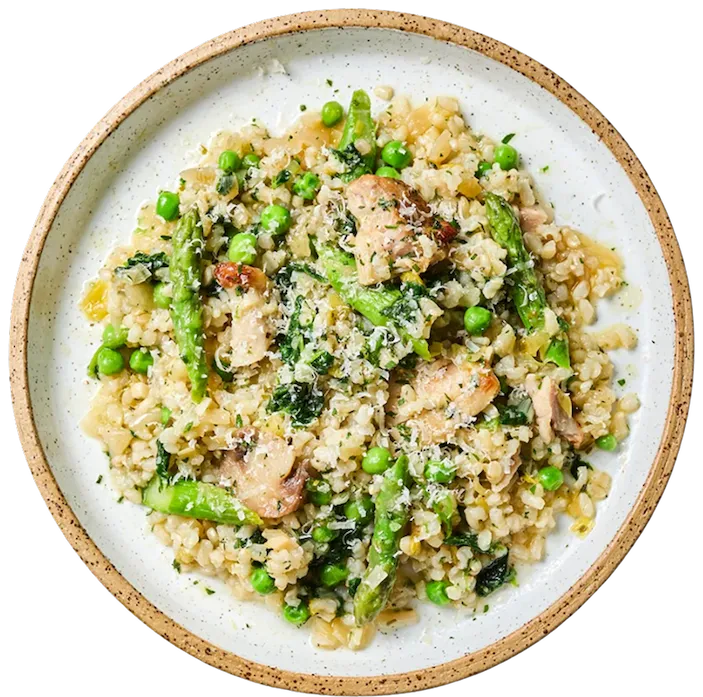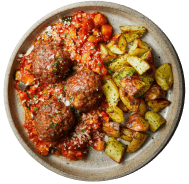Five Top Tips for Building Your Personal Menopause Toolkit
How To Manage Menopause Symptoms
Menopause can feel overwhelming, but the right toolkit makes all the difference. Explore five expert-backed tips to feel supported and in control.
There's no “one-size fits all” approach for managing menopause symptoms. Everyone will need a unique set of tools in their toolkit and this can often involve a large dose of trial and error to find what is right for you. Here are five top tips to get you started on the road to building your personal menopause toolkit.
- Access as much evidence-based information as possible:
This will enable you to feel informed and empowered to make decisions about your care. A great place to start is www.womens-health-concern.org which is part of The British Menopause Society.
There are also great books, podcasts, websites, social media accounts and even a documentary (thank you Channel 4) so find what works for you and take a deep dive. Dr Google has a wealth of information but be discerning, curious and maybe a little cynical if needed. Try to seek information from peer-reviewed “evidence-based” sources.
2. Get and stay connected:
Maintaining strong social networks of supportive friends and family can help you feel less isolated and alone. Sharing experiences can also help improve mindset and provide an opportunity to share ideas and learn from others. Online support groups can be a great place to share and obtain support but again be discerning with the advice you take.
3. Prioritise your sleep:
Let’s be honest; things never feel as good or go as well when we are sleep deprived. Sleep disruption is a common symptom in menopause and perimenopause and the first step to improving sleep is not to leave it at the end of your to-do list.
Try to achieve 7-9 hours per night and head to bed at least this many hours before anticipated waking time. Other helpful habits include:
- avoiding late-night screen time
- getting early morning exposure to light
- avoiding caffeine and alcohol
- keeping your room cool (16-18 degrees)
- consider a hot shower or hot drink before bed to drop your core body temperature
- chose light breathable nightwear and bed clothes
- consider separate duvets to your partner as well as eye masks, and ear plugs if necessary.
- Consider using appls like Calm, Sleepio or Sleepful. I love Sleep Cycle app at the moment to monitor how my sleep varies across the cycle.
4. Nourish your body:
Weight gain is common in midlife, perimenopause and menopause. Maintaining a consistent but comfortable caloric deficit by monitoring portion size etc may be helpful but the calories in = calories out approach is often ineffective because of hormone changes.
Be wary of extreme caloric restriction as the “stress” this causes can often make the situation worse. Ensure you are eating sufficient calories for your needs and try to prioritise the following
- eating high quality protein (25-30g at each meal)
- oily fish once or twice a week (or omega-3 supplements)
- 30 different plants per week to ensure adequate fibre, antioxidant and prebiotic exposure
- eat savoury foods first and if you need something sweet have it after a meal to reduce big swings in blood sugar as this can make symptoms worse
- consider “time restricted eating” by eating all meals and snacks within a 12-hour window, e.g. 7am-7PM. This gives your body adequate time to metabolise and digest food, and can support healthy blood glucose control.
- try moving after meals - e.g. a 10 minute stroll after dinner. This can also help manage blood glucose levels
It's important not to deny yourself foods you enjoy and don’t use nutrition to “treat or punish' yourself. I like an 80:20 approach – doing well 80% of the time is often as much as I can manage!
5. Think about your alcohol intake:
If you drink alcohol, it's helpful to reflect on your relationship with it. If you are drinking to soothe or solve, try to find alternative ways to meet those needs.
The maximum recommended alcohol for women is 14 units per week (a 125ml glass of 12% wine is 1.5 units) but even this level may impact your sleep quality and quantity. Alcohol can also contribute to flushes and night sweats, harm liver metabolism, impact blood sugar levels, worsen mood or cognitive problems and increase the risk of many cancers including breast cancer.
Trial a period of going without alcohol, or reducing your intake. Buddy up with your partner or friends for accountability and to help make sober socialising less daunting. If you're reducing alcohol, aim to have at least 3 alcohol-free days per week. Be curious: try low sugar and low alcohol or non-alcoholic alternatives in social situations and see how it feels. Waking up the next morning with more energy and a clear head can often be the motivation you need to keep going with a low or no alcohol lifestyle.
related content
more content:
browse our ranges.
choose from one of our ranges or personalise your own menu from 60+ meals.
- low FODMAP

- eat well, live well programme

- gluten free

- high protein

- weight management

- ibs

- lowest calorie

- lower carbs

- mediterranean

- smaller range

- pcos

- lean + lighter

- menopause

- heart healthy

- plans

- full menu

- gift cards
- take the quiz